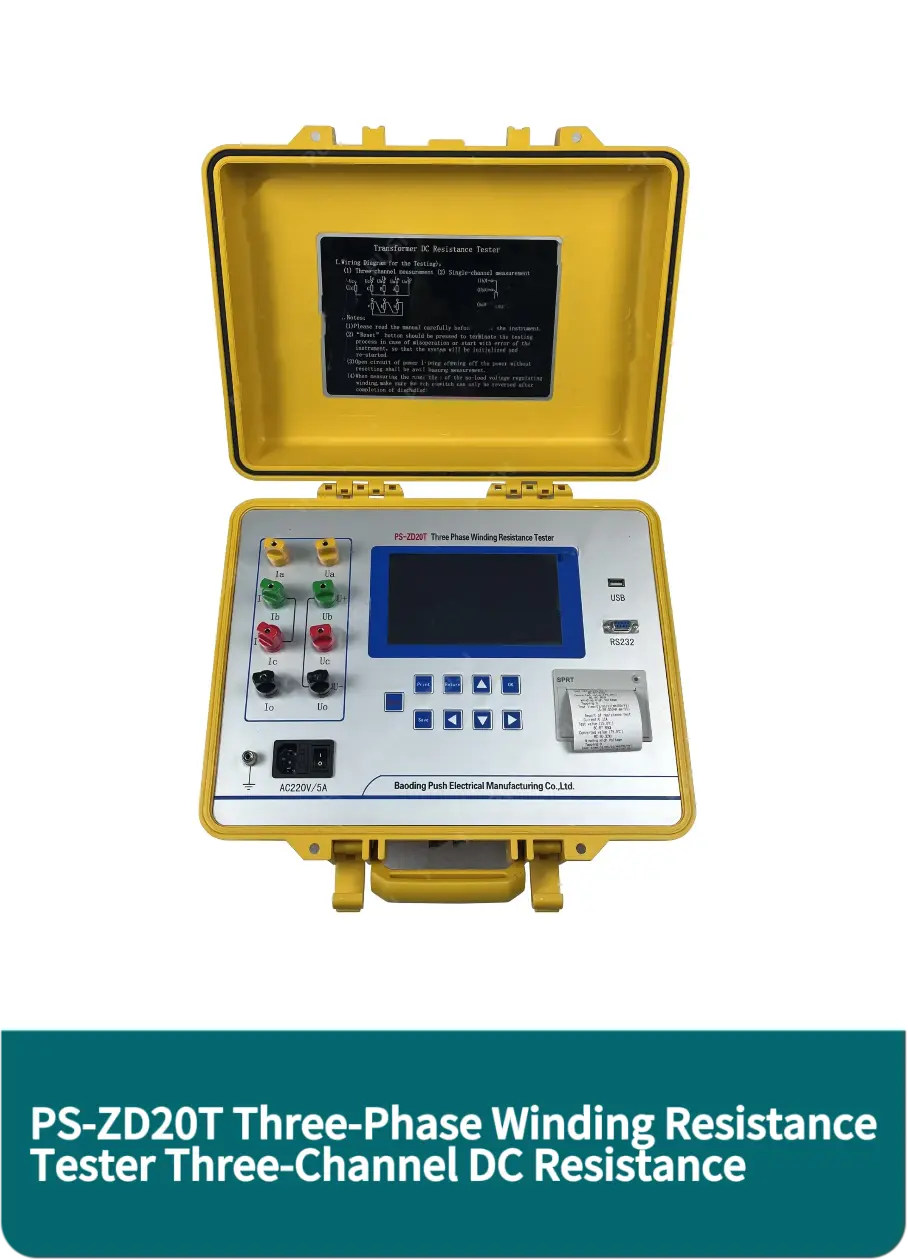 English
English



-
 Afrikaans
Afrikaans -
 Albanian
Albanian -
 Amharic
Amharic -
 Arabic
Arabic -
 Armenian
Armenian -
 Azerbaijani
Azerbaijani -
 Basque
Basque -
 Belarusian
Belarusian -
 Bengali
Bengali -
 Bosnian
Bosnian -
 Bulgarian
Bulgarian -
 Catalan
Catalan -
 Cebuano
Cebuano -
 China
China -
 China (Taiwan)
China (Taiwan) -
 Corsican
Corsican -
 Croatian
Croatian -
 Czech
Czech -
 Danish
Danish -
 Dutch
Dutch -
 English
English -
 Esperanto
Esperanto -
 Estonian
Estonian -
 Finnish
Finnish -
 French
French -
 Frisian
Frisian -
 Galician
Galician -
 Georgian
Georgian -
 German
German -
 Greek
Greek -
 Gujarati
Gujarati -
 Haitian Creole
Haitian Creole -
 hausa
hausa -
 hawaiian
hawaiian -
 Hebrew
Hebrew -
 Hindi
Hindi -
 Miao
Miao -
 Hungarian
Hungarian -
 Icelandic
Icelandic -
 igbo
igbo -
 Indonesian
Indonesian -
 irish
irish -
 Italian
Italian -
 Japanese
Japanese -
 Javanese
Javanese -
 Kannada
Kannada -
 kazakh
kazakh -
 Khmer
Khmer -
 Rwandese
Rwandese -
 Korean
Korean -
 Kurdish
Kurdish -
 Kyrgyz
Kyrgyz -
 Lao
Lao -
 Latin
Latin -
 Latvian
Latvian -
 Lithuanian
Lithuanian -
 Luxembourgish
Luxembourgish -
 Macedonian
Macedonian -
 Malgashi
Malgashi -
 Malay
Malay -
 Malayalam
Malayalam -
 Maltese
Maltese -
 Maori
Maori -
 Marathi
Marathi -
 Mongolian
Mongolian -
 Myanmar
Myanmar -
 Nepali
Nepali -
 Norwegian
Norwegian -
 Norwegian
Norwegian -
 Occitan
Occitan -
 Pashto
Pashto -
 Persian
Persian -
 Polish
Polish -
 Portuguese
Portuguese -
 Punjabi
Punjabi -
 Romanian
Romanian -
 Russian
Russian -
 Samoan
Samoan -
 Scottish Gaelic
Scottish Gaelic -
 Serbian
Serbian -
 Sesotho
Sesotho -
 Shona
Shona -
 Sindhi
Sindhi -
 Sinhala
Sinhala -
 Slovak
Slovak -
 Slovenian
Slovenian -
 Somali
Somali -
 Spanish
Spanish -
 Sundanese
Sundanese -
 Swahili
Swahili -
 Swedish
Swedish -
 Tagalog
Tagalog -
 Tajik
Tajik -
 Tamil
Tamil -
 Tatar
Tatar -
 Telugu
Telugu -
 Thai
Thai -
 Turkish
Turkish -
 Turkmen
Turkmen -
 Ukrainian
Ukrainian -
 Urdu
Urdu -
 Uighur
Uighur -
 Uzbek
Uzbek -
 Vietnamese
Vietnamese -
 Welsh
Welsh -
 Bantu
Bantu -
 Yiddish
Yiddish -
 Yoruba
Yoruba -
 Zulu
Zulu
short circuit withstand test of transformer
Short Circuit Withstand Test of Transformers
Transformers are vital components in electrical power systems, functioning to change voltage levels between circuits. However, they are subjected to various operational stresses, including short circuits. The short circuit withstand test (SCWT) is essential to assess a transformer's ability to endure these conditions without failing. This article explores the significance, methodology, and implications of the short circuit withstand test in transformers.
Importance of the Short Circuit Withstand Test
Short circuits can occur due to various reasons, including insulation failure, equipment malfunction, or external faults. When a short circuit happens, the transformer must be able to withstand the resultant high currents and mechanical stresses. The SCWT is crucial for ensuring safety and reliability in transformer operation. It helps manufacturers verify that their designs can handle such adverse conditions without catastrophic failures such as fire or explosion. Moreover, the test provides valuable data for maintenance practices, ensuring the longevity of transformers in service.
Test Methodology
The SCWT involves subjecting a transformer to a controlled short circuit condition while monitoring its response. The test typically consists of the following steps
1. Preparation Before the test, the transformer is inspected, and its specifications, including voltage rating, short circuit impedance, and rated current, are reviewed. Proper safety measures must be implemented to protect personnel and equipment.
2. Connection Setup The transformer is connected to a power source and a circuit configuration is established to create a short circuit at the secondary side. This configuration must allow the measurement of voltage, current, and temperature during the test.
short circuit withstand test of transformer

3. Execution The short circuit is initiated, and the transformer runs under these extreme conditions for a specified duration, usually a few seconds. This duration is long enough to analyze the transformer's response but short enough to prevent damage.
4. Data Collection During the test, critical parameters such as current levels, voltages, and temperature rise are recorded. The objective is to monitor how the transformer behaves under high stress, focusing on both thermal effects and mechanical forces acting on its components.
5. Analysis After the test, the collected data is analyzed to determine whether the transformer meets predetermined withstand criteria. Key parameters include temperature rise, mechanical deformation, and insulation integrity.
Implications of the Test Results
The results from the SCWT are interpreted to assess whether the transformer meets industry standards and regulatory requirements. If the transformer can withstand the short circuit stresses without significant degradation, it is considered fit for service. Conversely, if it shows failures or unacceptable changes, it may require redesign or reinforce modifications.
Furthermore, the SCWT results contribute to the reliability assessments of power systems. Knowing how transformers behave under fault conditions can help engineers design better protective schemes to minimize damage and ensure stability. Also, it provides insights into the lifespan and health of transformers, which is crucial for operational planning and risk management.
Conclusion
The short circuit withstand test is an integral part of transformer design and testing. It ensures that transformers can tolerate short circuit conditions, safeguarding not only the equipment but also the entire electrical system. With ongoing advancements in technology, enhancing testing methodologies will further improve our ability to predict and mitigate failures, thereby bolstering the resilience of power infrastructures worldwide. As electrical networks grow increasingly complex and interlinked, the role of robust transformers and their testing processes will remain vital.
-
Testing Equipment Industry Sees Major Advancements in 2025: Smart & Precision Technologies Lead the WayNewsJun.06,2025
-
Applications of Direct Current Generators in Renewable Energy SystemsNewsJun.05,2025
-
Hipot Tester Calibration and Accuracy GuidelinesNewsJun.05,2025
-
Digital Circuit Breaker Analyzer Features and BenefitsNewsJun.05,2025
-
Benefits of Real-Time Power Quality Monitoring Devices for Industrial EfficiencyNewsJun.05,2025
-
Earth Fault Loop Testing in High-Rise Building Electrical SystemsNewsJun.05,2025



